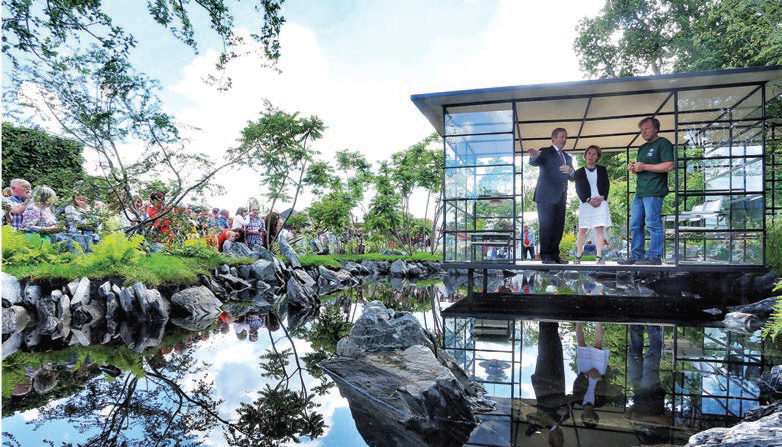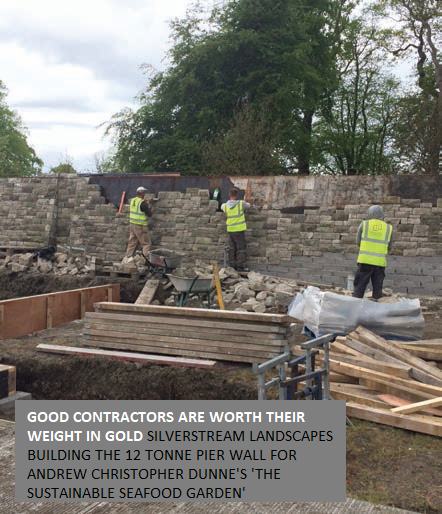Kerrie Gardener, show garden organiser for Bloom in the Park shares her personal insights on how you can improve your chances of a gold medal at Bloom 2019
2019 will see my fourth outing as show garden manager for Bloom. Every year I watch between 20-25 show gardens evolve from seed to beautiful living installations and honestly, it’s a joy to behold. I am privileged to observe the development of the gardens from a unique perspective and thought it might be helpful to provide some insight into the process. I can’t offer a formula on how to win a gold medal, but I can share a few of my thoughts on how designers might make the most of their experience, maximise results, minimise stress and set themselves up for as smooth and enjoyable a journey as possible.
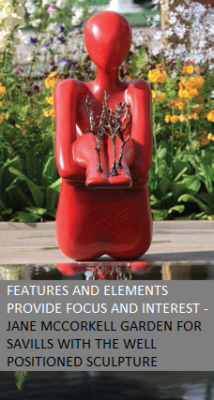
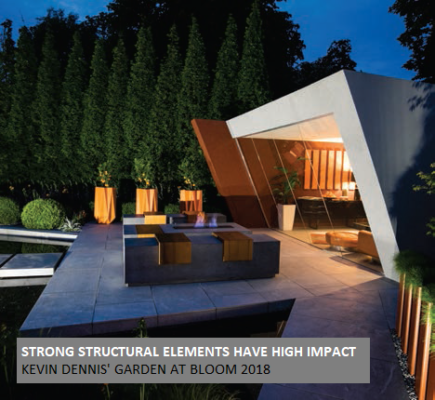

Depending on who you speak to, success at Bloom can be defined in various ways: Public perception, the views of other designers or critique from one’s self; I guess the measure often held closest to the designers’ heart is the colour of the medal they are awarded on the opening day of the festival. Seeing as so many factors decided upon during the planning process influence the results of the judging I feel it makes sense to start at the beginning and to discuss different aspects in turn.
It all starts with the designers’ decision to participate in Bloom. The significance of this step shouldn’t be underestimated! Taking a garden from conception to completion is a big commitment. Whether the applicant is a first-time bloomer or a veteran show garden designer, more often than not the process can be stressful (at times) and challenging. The rewards, however, in my opinion, are tremendous!
Once a designer has decided they want to bring a garden to Bloom, the application process provides an opportunity to lay the foundations for the project and set out goals for the months ahead.
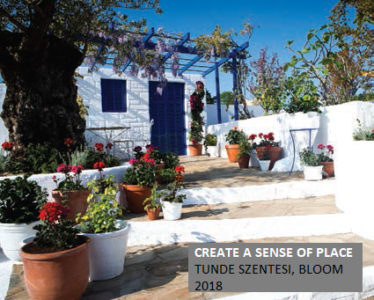

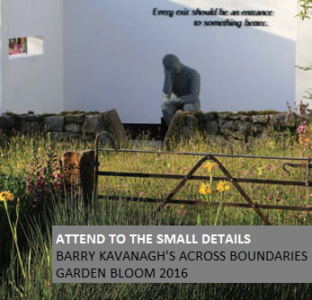

GETTING THE BRIEF RIGHT
Formulating a brief is an important part of the application process and needs to be considered carefully from the outset. Designers write their own brief against which their gardens are judged so it’s really important that the two match up. If a designer has a great idea for a garden, they shouldn’t be put off if they initially lack funding – The Bloom team will do their best to support them seeking sponsorship. However, in this situation, the designer should be prepared to adapt their proposals (including their brief) to align with their sponsor’s requirements if necessary. On the other hand, if a sponsor is looking for something specific and the designer comes on board later, the designer needs to use their skills to create a specific brief that revolves around the sponsor’s message. Either way, it is crucial that the finished garden reflects the objectives set out in the final brief so the garden can be judged objectively. It is worth noting that garden briefs nearly always develop during the process. We understand that things change and that there are many factors that might cause a brief to evolve. For example, last year the season was late due to the long winter, so many designers needed to adapt their planting schemes (and in turn their briefs) to reflect this.
CLARITY OF INTENTIONWhen it comes to design, the brief should always be at the forefront of the designers’ thoughts. If there is a message to convey, the design should act as an efficient vehicle for delivery. Be it abstract or literal, the public should be able to understand what the garden is about. As well as getting the point across, applicants should think through the many practical aspects of designing a well-conceived show garden. Aside from the fundamentals of spatial planning, proportion, refinement, materiality and detailing, designers should give consideration to the aspects particularly important and unique to show gardens: How will the public view the garden? How will the judges, guests and media circulate the space? Which viewpoints might press shots be taken from? How are all of the various boundaries treated? These are just a few examples. The message is, that designers should give proper consideration to the various anomalies that make a show garden different to a regular garden. It is more than likely a slightly different design approach is required. LEGIBILITYStaying on the subject of design; whether applying with a garden concept, a fully conceived design, or in response to a garden canvass; by the time a designer applies to take on a Bloom show garden, they should have some idea of what they want their garden to look like; Form, materials, details, features, planting concepts and so on. When submitting proposals (for the first time and throughout the review process), I can’t stress enough how important it is for designers to make drawings legible and provide a good level of annotation. The Garden Advisory Group (GAG) are tasked with reviewing all of the designs and providing feedback to help designers make the most of their ideas. Seeing as the GAG is made up of the same people that judge the gardens it really makes sense to seek as much feedback as possible, and this can only happen if the GAG are able to understand the proposals. Once feedback is received, designers should make full use of it to move their design closer to resolution. At the end of the review process, the design should be the best, most refined version of the original concept and the designer should be proud and excited to bring it to life. When it comes to planning for construction, it pays to start discussions with the contractor early. A good show garden contractor is worth their weight in gold. They might be able to advise on practical aspects looking at the design from a different point of view, and allowing time for quality dialogue could potentially assist in the development of the design. Designers should decide on their planting schemes early enough to allow them time to source good quality stock. They should also consider logistics to ensure that plants arrive at the site in perfect condition. |
All the months of planning culminate in the construction stage. It is the designer’s opportunity to put their best foot forward, showcase their talents and bring their design to fruition. As so much is resting on this relatively short phase, it is imperative that designers plan their build properly. They should use the expertise of their contractors to form a schedule and factor in a contingency for delays; Bad weather being the main offender!
First time Bloomer, or veteran show garden designer, the planning and execution of a Bloom garden should be a positive process and the end result, a celebration of life and our profession. There is no simple formula, but if a designer plans well, communicates their ideas clearly, pays attention to the details and builds what they’ve proposed, they won’t go far wrong! ✽
  Kerrie Gardiner CMLI BA (Hons) is a Galway based Chartered Landscape Architect who has worked on the design of commercial, public and private landscapes for over 14 years. She now divides her time between her successful design practice and her role as Bloom Show Garden Manager. Contact Kerrie on +353 86 130 4170 or by email kerrie.gardiner@bloominthepark.com |



